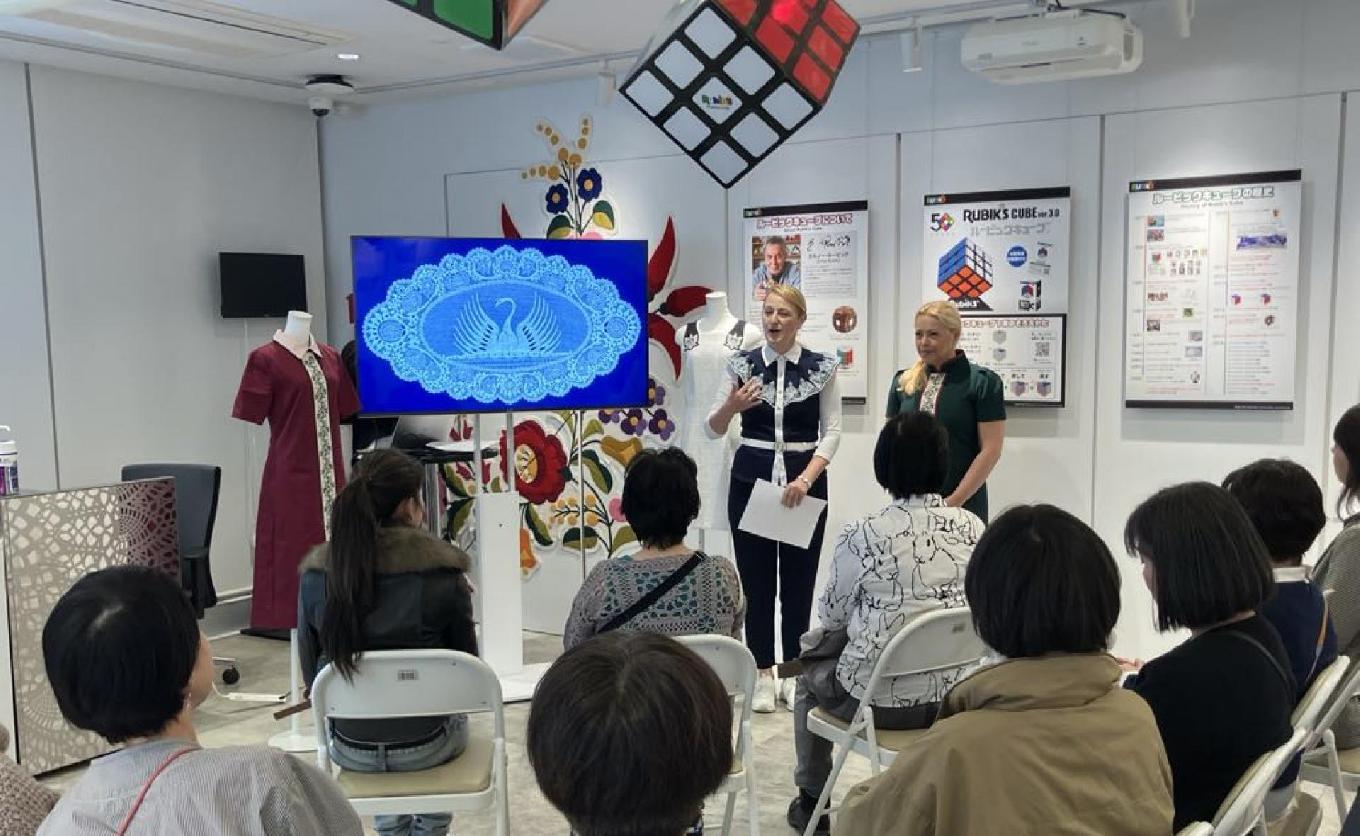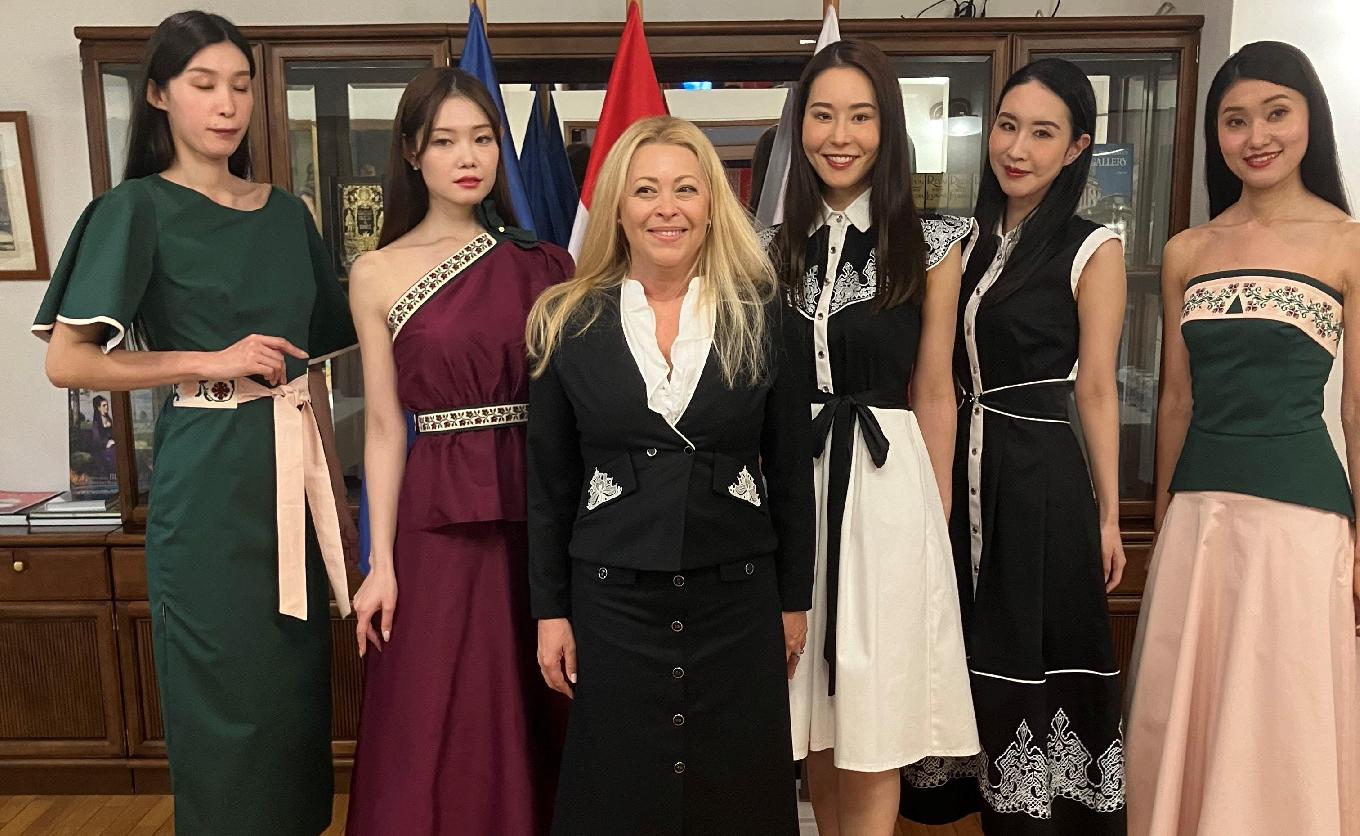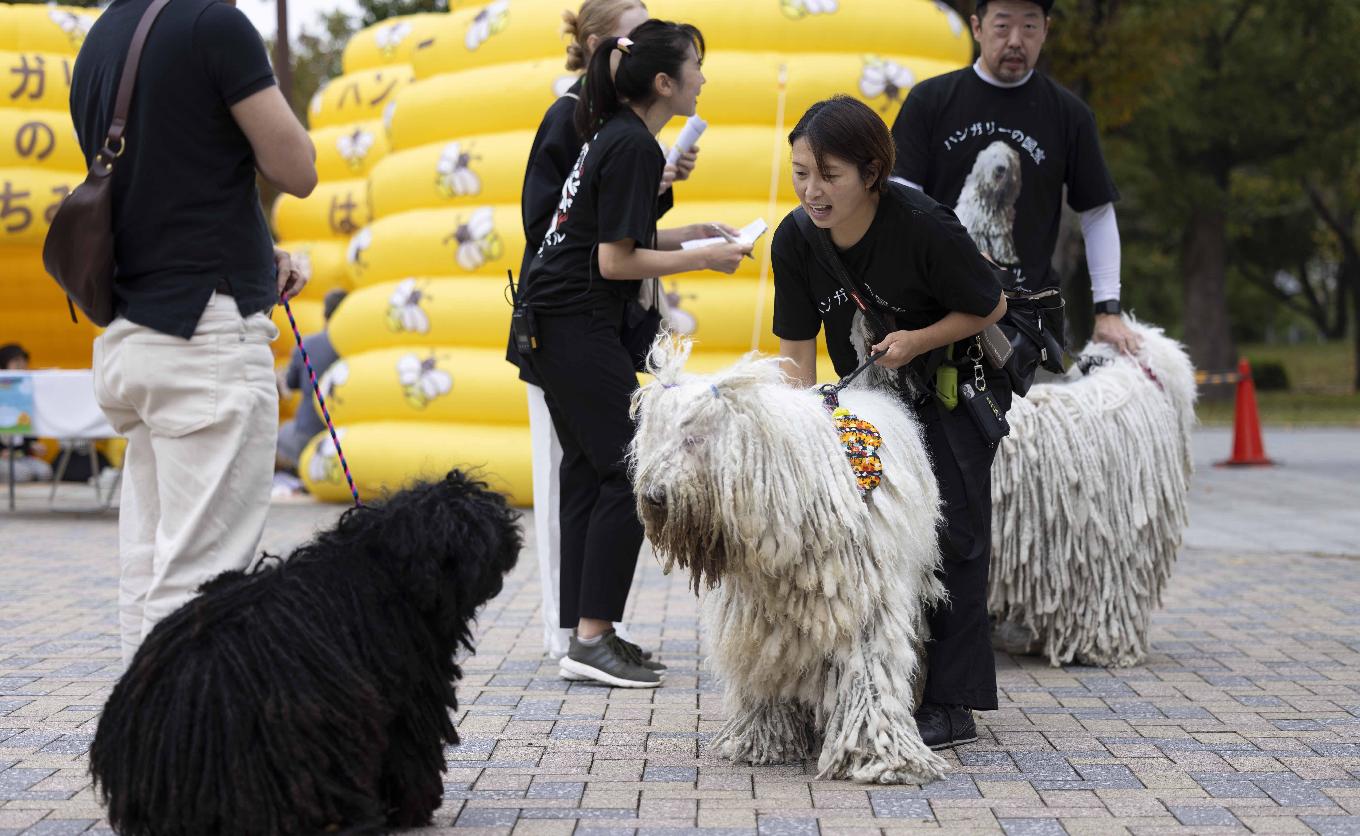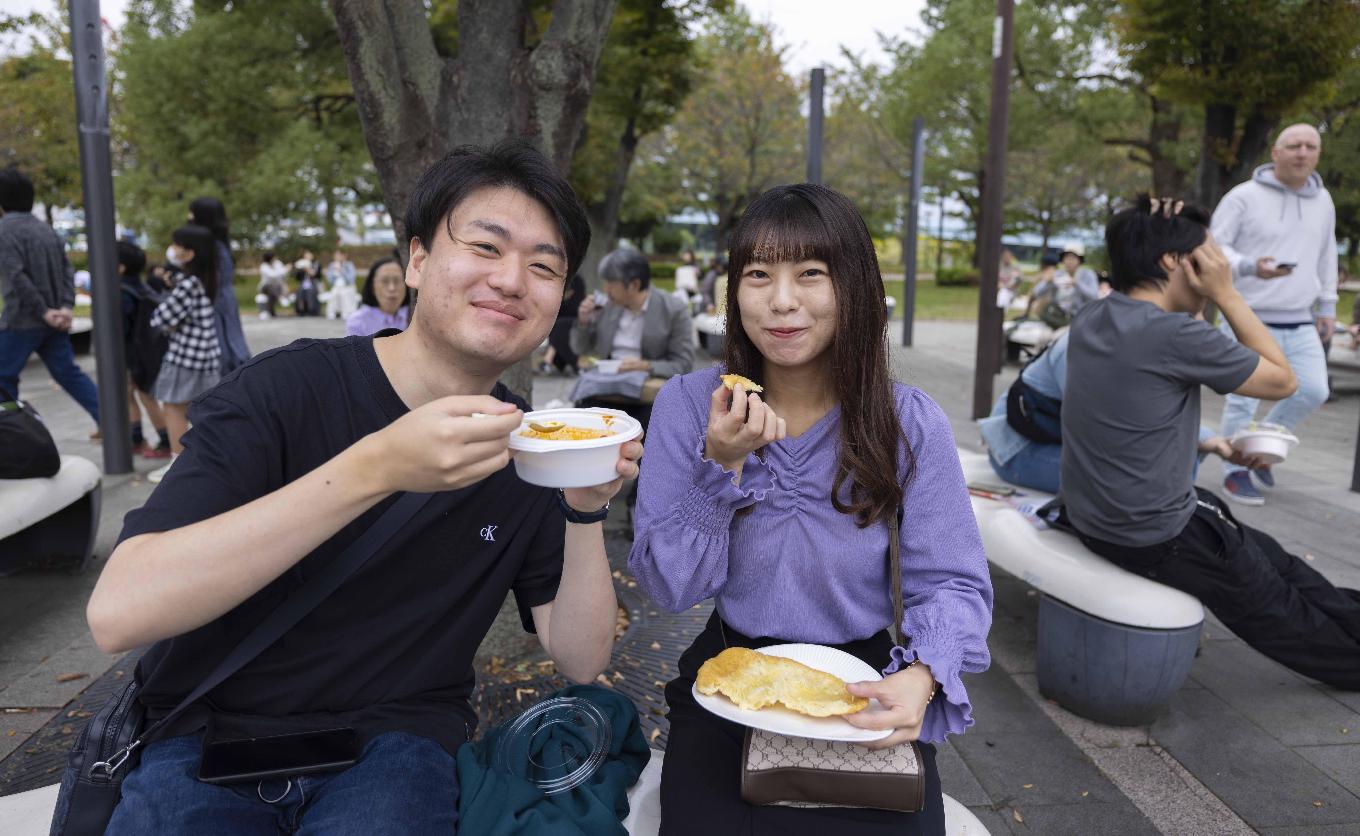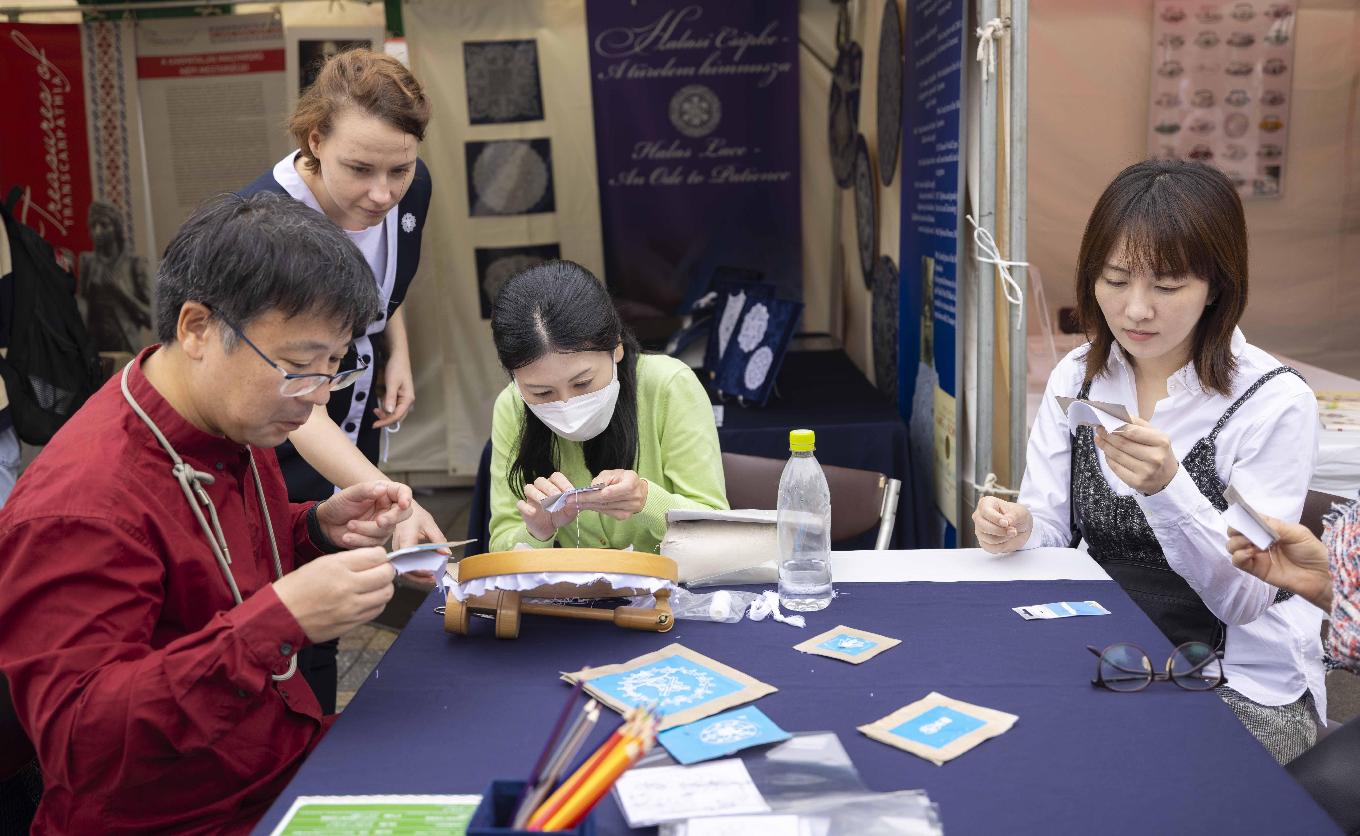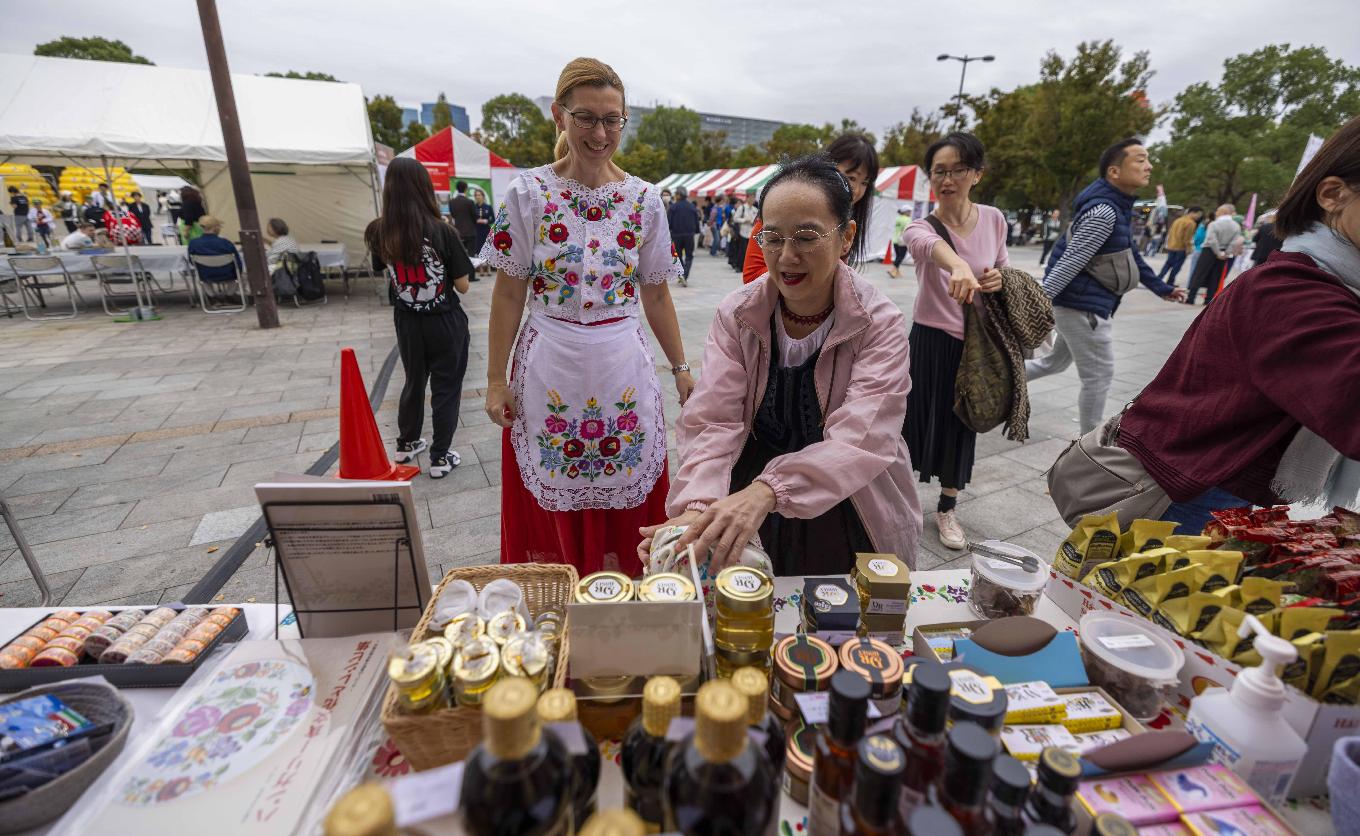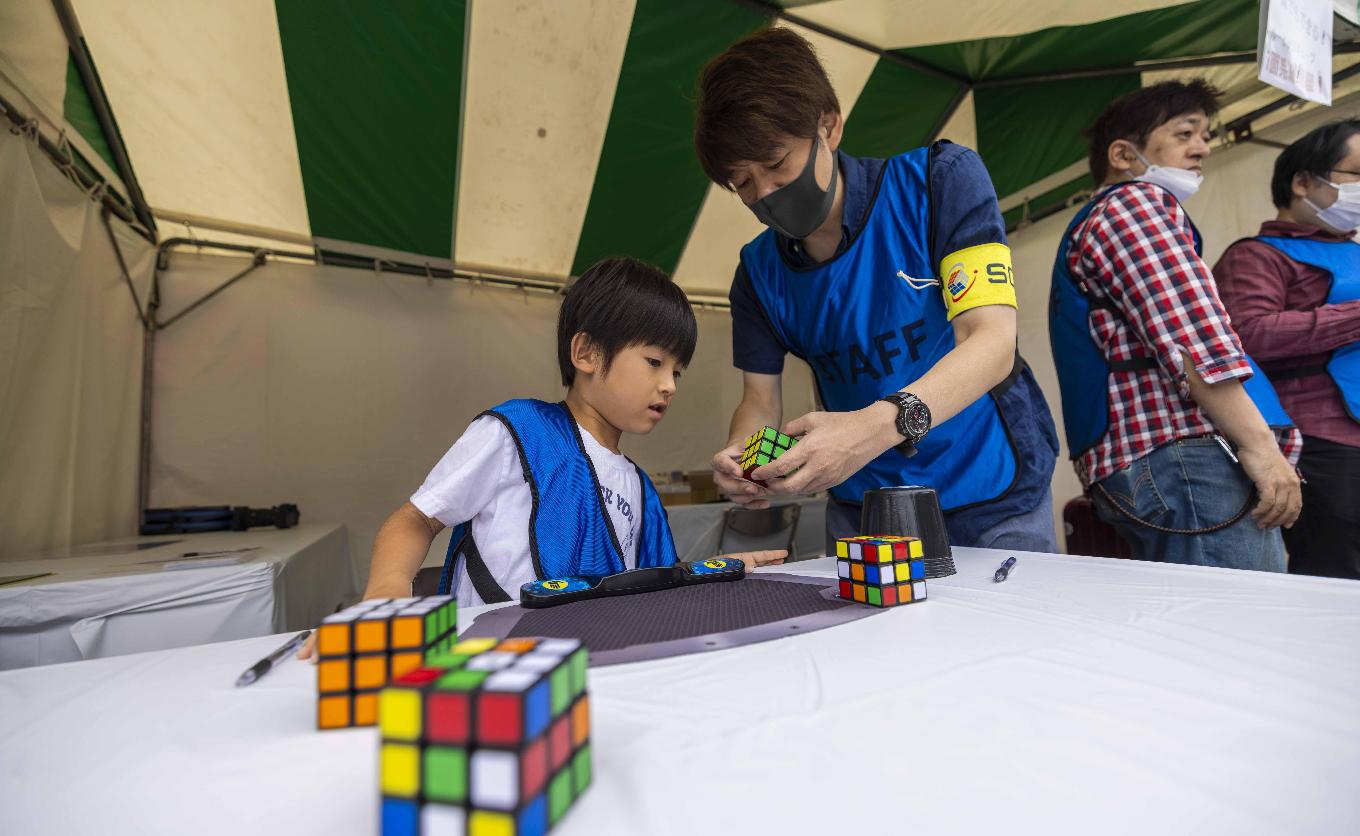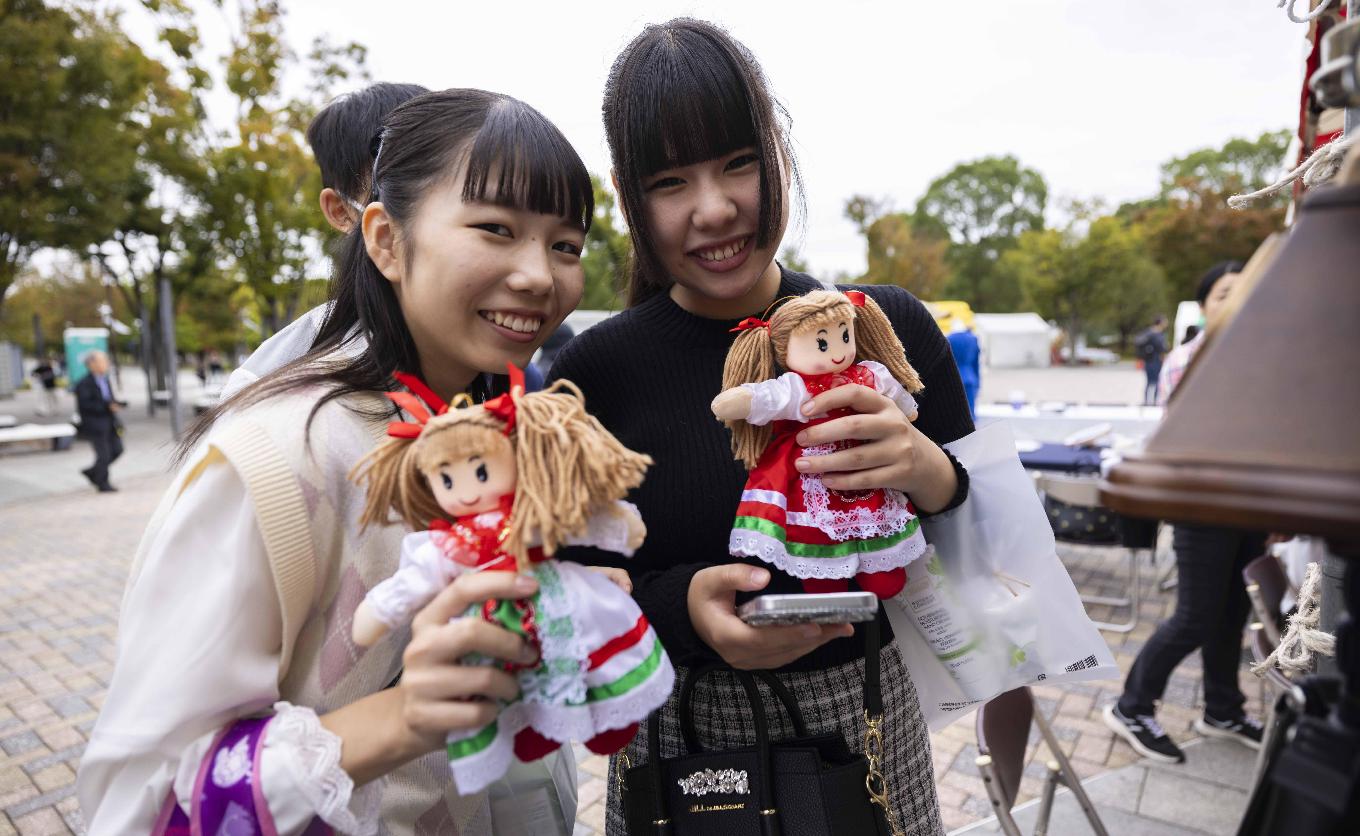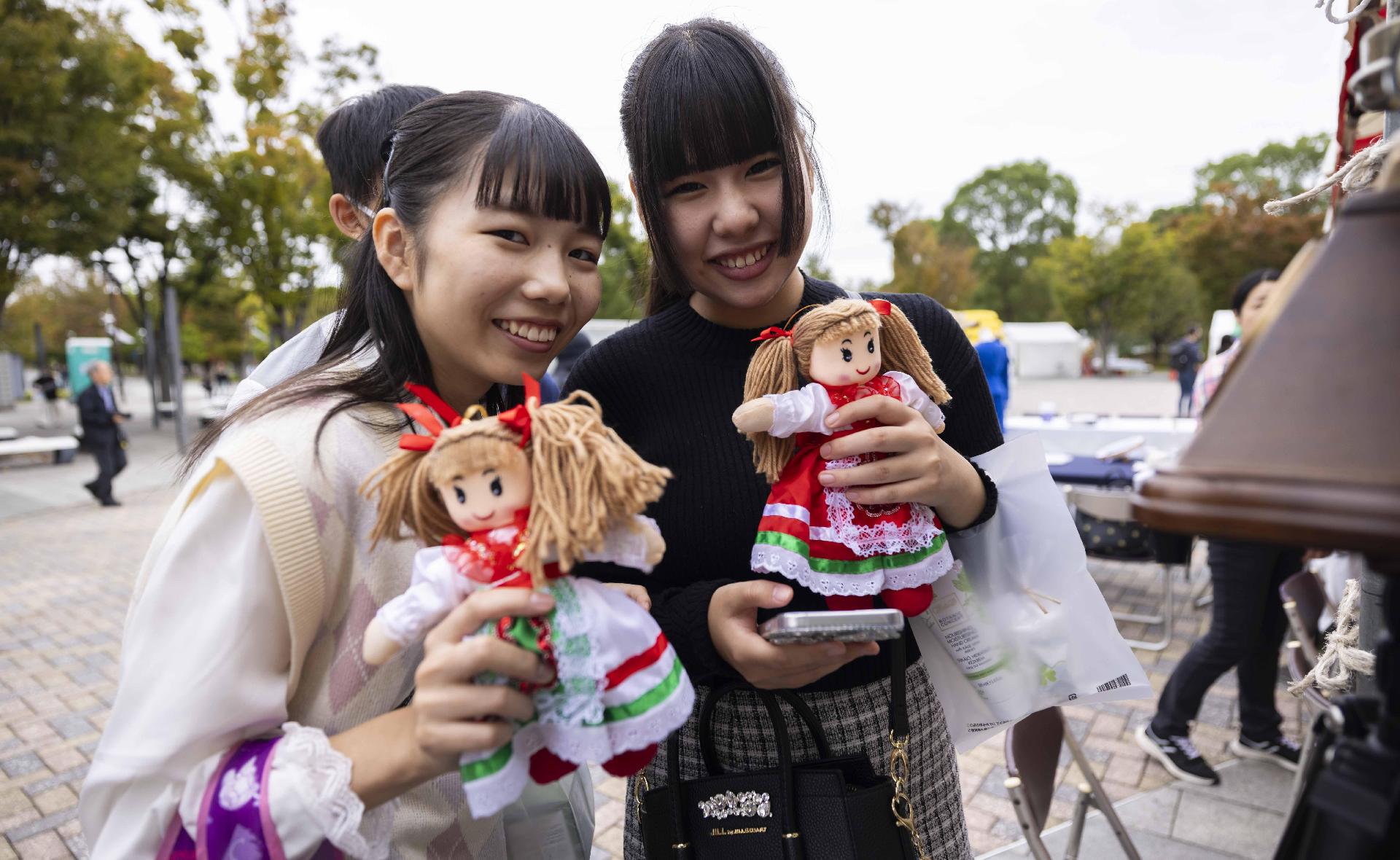
The Hungarian Day in Tokyo Was an Outstanding Success
The 5th Hungarian Festival organized by the Hungarian Embassy and the Tokyo Liszt Institute was an outstanding success. On 26 October, the festival was held in the futuristic downtown of the Japanese capital, in the 3000 m² Odaiba Island main square. 4,500 visitors were attracted to this vibrant and lively all-day event. In addition, the Institute organized a fashion show by Tünde Hrivnák and dedicated a whole day to workshops on Halas lace and cross-stitch embroidery. The aim of the program is to promote Hungarian culture and bring it closer to the Japanese citizens.
The 5th Hungarian Festival, organized by the Hungarian Embassy and the Tokyo Liszt Institute, was an outstanding success on 26 October in the capital of Japan. An all-day, all-arts event with more than 4,500 participants, the 8-hour stage program featured nearly 100 Japanese and Hungarian performers representing a wide variety of musical genres. On the main stage, in addition to well-known artists from Hungary, the program included performances by Japanese artists graduating from the Liszt Ferenc Academy of Music in Budapest. Among the performers were the Naszály Orchestra, pianists Norbert Káel and Kaneko Miyuji, and the Hungarian folk dance groups Maruru, Odoribe, and Odoriba, founded by young Japanese.
The guests showed great interest in the varied craft activities: blue painting, Hungarian-designed furoshiki packaging, Halas lace and Transcarpathian cross-stitch embroidery, Hungarian-inspired teqball, and the Rubik's Cube also attracted crowds. The fashion show, which focused on Halas lace, was well attended, with fashion designer Tünde Hrivnák introducing herself to the Japanese audience for the first time. Animal lovers also had the chance to meet the lesser-known Hungarian dog breeds in Japan, the Puli and the Komondor. The successful event was accompanied by Hungarian folk music throughout the day. In the evening, an original Hungarian dance hall closed the event, where hundreds of people danced together in a joyful atmosphere. The festival also offered gastronomic delights, including goulash soup, lángost, kürtőskalács, Hungarian cakes, wines from different Hungarian regions, craft beers, unikum, and pálinka. The event was praised by both Hungarian and Japanese press.
On 29 October, the Hungarian Embassy in Tokyo presented the Halas lace and cross-stitch collection BY ME Miracle by Tünde Hrivnák, a lace and cross-stitch designer from Transcarpathia, to a prestigious Japanese and foreign audience. The Embassy's guest of honor was Princess Kiko, wife of Prince Akishino, along with several ambassadors and influential women guests who also attended the private event. After the fashion show, visitors were able to view the Halas lace and Beregi cross-stitch embroidery. The event provided important exposure for Hungarian culture in Japanese diplomatic circles and strengthened cultural relations between Hungary and Japan.
On 31 October, an embroidery workshop was held at the Tokyo Liszt Institute, where two folk art motifs, the Halas lace and Bereg cross-stitch embroidery, were presented to the participants. The Halas lace is the pride of Hungary. It is 100% handmade with fine thread and an almost invisible needle. Currently, nine lace-makers are sewing lace from Halas. The three crossed fishes have been a trademark of Halas lace since 1935, and since then, the motif has been featured on every piece of lace.

